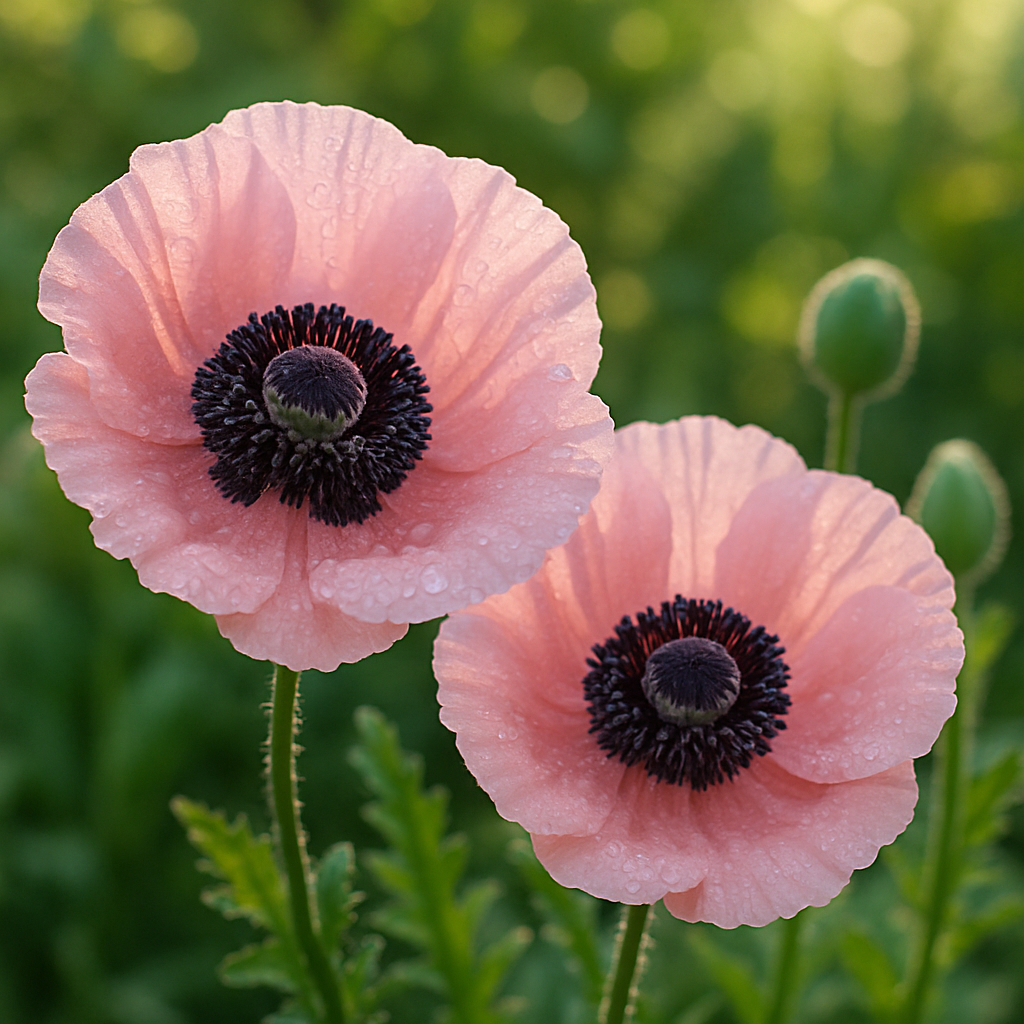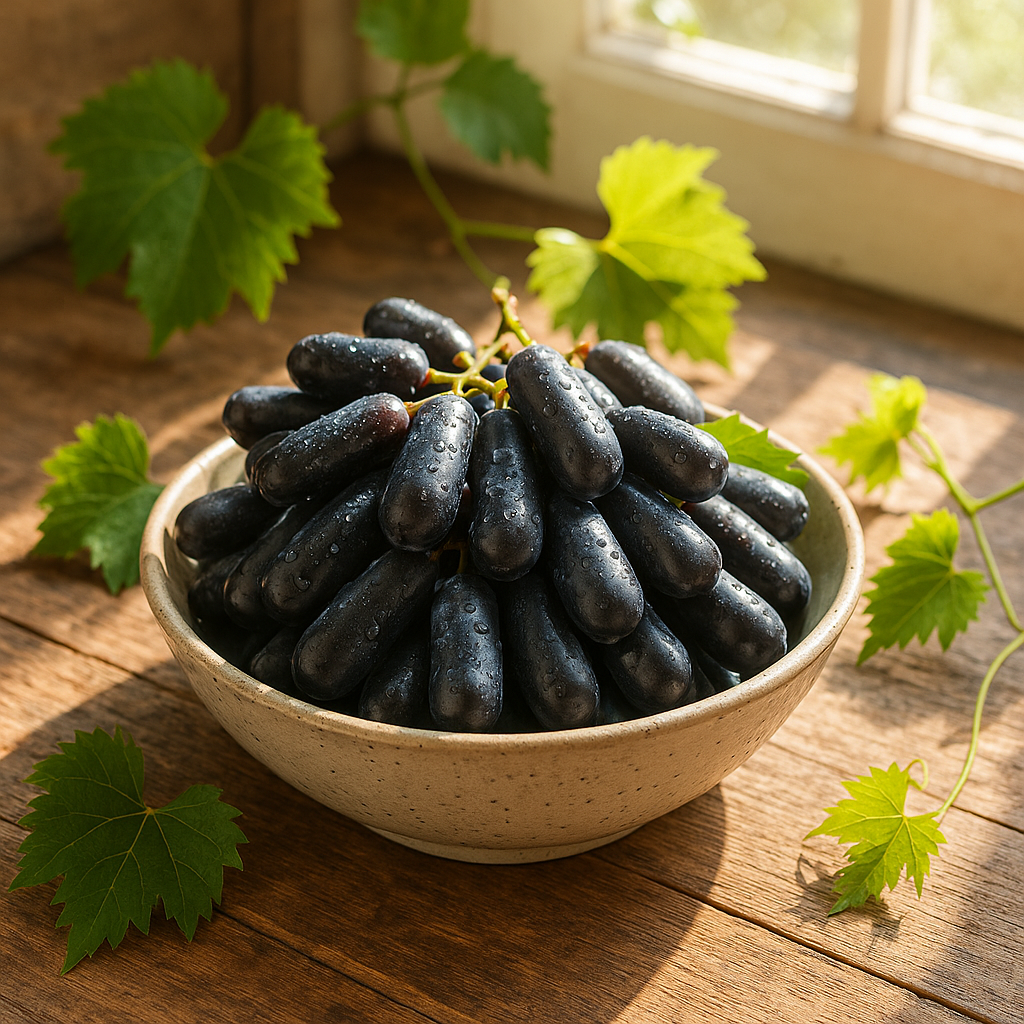Complete Guide to Growing Black Cumin Herb for Culinary and Medicinal Use
About Black Cumin
Black Cumin (Nigella sativa), also known as Kalonji, is an ancient herb prized for its aromatic seeds and powerful medicinal properties. These tiny black seeds have been used in Ayurvedic and Middle Eastern traditions for thousands of years. Known as the “seed of blessing,” Black Cumin seeds are valued for their distinctive, slightly bitter flavor and wide range of health benefits.
At OrganicIndiaSeeds.com, we provide premium-quality Black Cumin seeds for home gardens, ideal for those interested in cultivating a versatile herb with both culinary and healing uses.

Why Grow Black Cumin from Seed
Growing Black Cumin in your home garden offers exceptional rewards:
-
Produces aromatic, nutrient-rich black seeds used in food and medicine
-
Grows easily in warm, dry climates with minimal maintenance
-
Acts as a beautiful ornamental herb with fine foliage and starry blue flowers
-
Rich in antioxidants, thymol, and essential oils known for immune support
-
Great for organic gardeners seeking herbs with healing heritage
When to Plant Black Cumin Seeds
To grow Black Cumin successfully from seed:
-
Sow seeds in early spring, after the last frost
-
Ideal soil temperature for germination is 18–25°C (64–77°F)
-
Germination usually takes 7–14 days
-
In warm regions, Black Cumin can be planted in fall for an early harvest
Where to Plant Black Cumin
Black Cumin herbs thrive in sunny, well-drained conditions:
-
Select a site with full sun (6–8 hours daily)
-
Prefers light, loamy, or sandy soil with good drainage
-
Perfect for raised herb beds, borders, and container gardens
-
Avoid planting in areas with excessive moisture or shade

How to Plant Black Cumin Seeds
-
Prepare a fine seedbed and sow seeds directly outdoors
-
Scatter seeds lightly and cover with a thin layer of soil (1/4 inch)
-
Water gently and keep soil evenly moist until germination
-
Thin seedlings to 4–6 inches apart when true leaves appear
-
Avoid transplanting—Black Cumin prefers direct sowing
How to Care for Black Cumin Plants
Black Cumin plants are low-maintenance and resilient:
-
Water moderately—do not overwater
-
No heavy feeding required; add compost at planting for a nutrient boost
-
Mulch to retain moisture and reduce weeds
-
Remove faded flowers to prolong blooming
-
Watch for aphids or mildew in humid regions—treat with neem if needed
Companion Plants for Black Cumin
Black Cumin grows well with herbs and vegetables such as:
-
Coriander, fennel, dill, and carrots
-
Acts as a natural pest deterrent in mixed herb gardens
-
Avoid planting too close to water-loving herbs like mint
Harvesting Black Cumin Seeds
-
Harvest when the flower heads dry and turn brown
-
Cut stems and place in a paper bag to fully dry
-
Shake the bag to release seeds from pods
-
Store Black Cumin seeds in airtight containers in a cool, dry place

Uses of Black Cumin Seeds
Black Cumin is both a culinary spice and natural remedy:
-
Sprinkle on breads, flatbreads, curries, and salads
-
Brew seeds in tea for digestive and immune support
-
Used in oil extracts, skincare, and Ayurvedic remedies
-
Contains thymoquinone, a compound studied for anti-inflammatory effects
-
A staple in Middle Eastern, Indian, and North African cuisine
Final Thoughts on Growing Black Cumin
Black Cumin is a time-honored herb with powerful benefits, and growing it at home is simple, sustainable, and rewarding. With beautiful flowers, a resilient nature, and a legacy of healing and flavor, this herb is a must-have for holistic, organic gardens.
Get started with Black Cumin seeds from OrganicIndiaSeeds.com and bring ancient health and flavor into your garden and kitchen.



Leave a comment
This site is protected by hCaptcha and the hCaptcha Privacy Policy and Terms of Service apply.